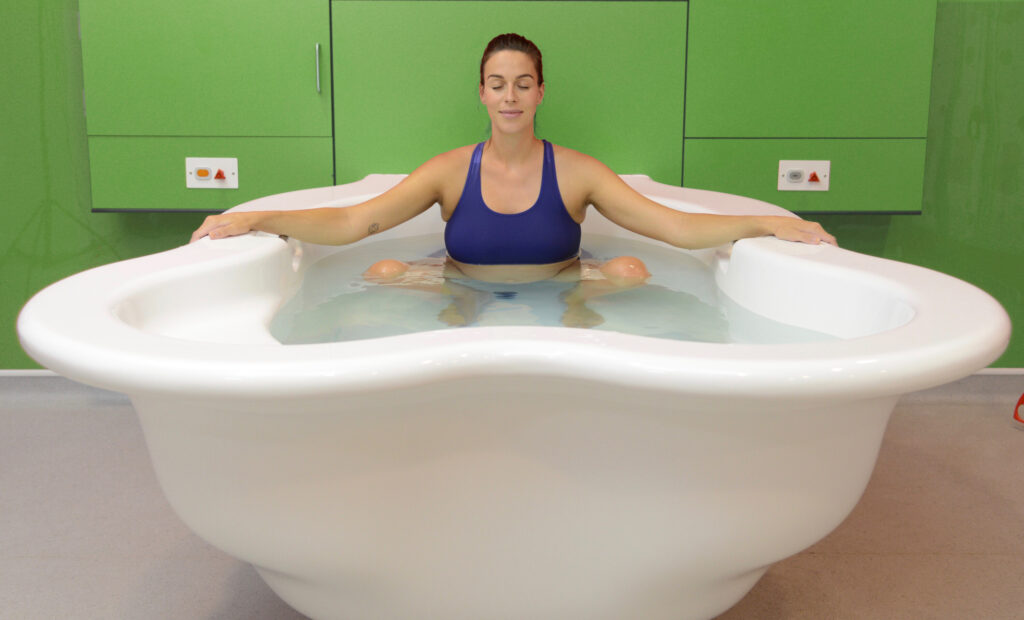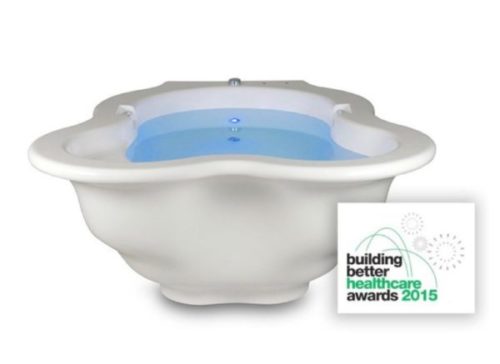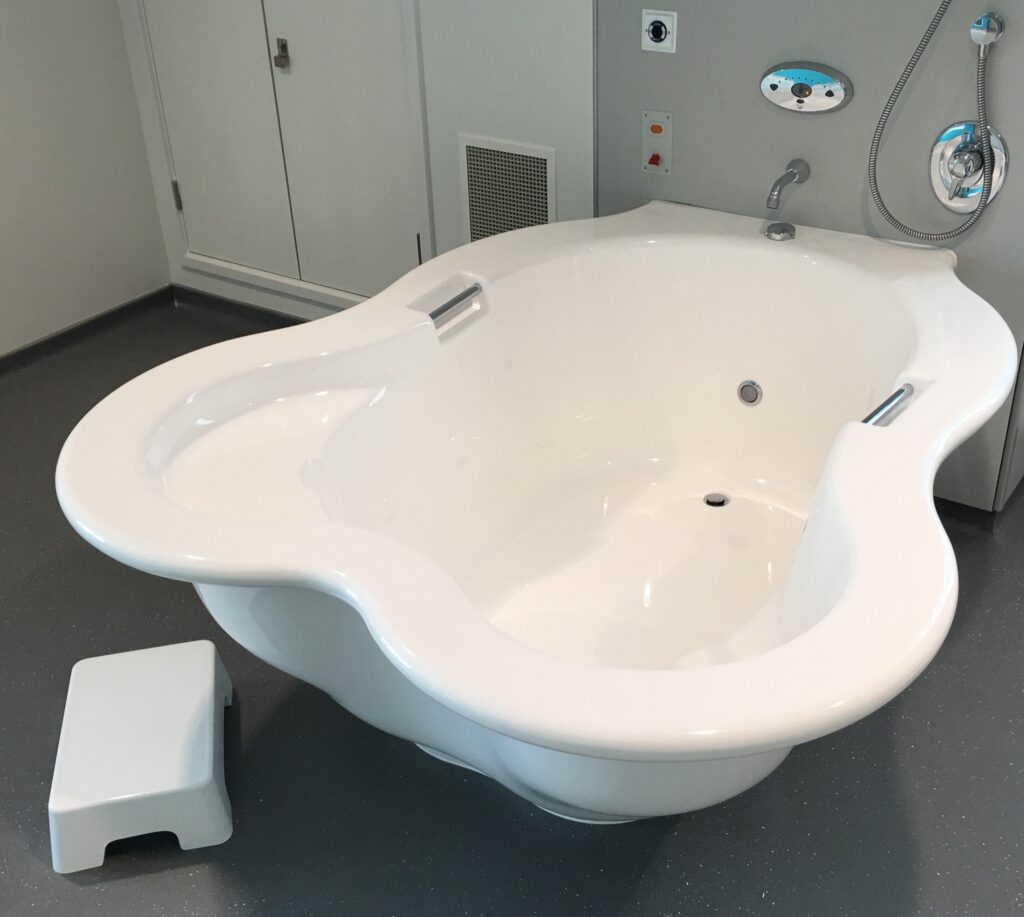In light of the increasing global demand among women for natural, drug-free, and non-medicalized childbirth experiences (Weiss 2014; Gilbert 2015), it is imperative to explore avenues that facilitate this preference.
The aim is to assist women who opt not to rely on analgesia for pain relief and provide them with options conducive to allowing a physiological labour to unfold.
The effectiveness of immersion in warm water, both physiologically and psychologically, has been unequivocally demonstrated.
Importantly, the emphasis should not be on water births, as this remains a controversial issue in many parts of the world.
Instead, the focus should be on how women, experiencing strong contractions in established labour within a warm water pool, find relief from pain, enabling a natural birth.
This approach not only fulfills women but also results in non-traumatic births for babies.
Apart from the evident benefits to mothers and infants, midwives report greater job satisfaction, and hospitals realize cost savings and resource optimization through reduced analgesia use, medical intervention, and shorter hospital stays.
Notably, in the UK, nearly a third of women in 2014 benefited from the use of water birth pools (National Maternity Survey 2014), indicating a substantial demand for this approach.
Studies advocate for upright labour positions, linking them to a reduced second stage, fewer episiotomies, and less instrumental intervention compared to women labouring on their backs (Gupta, Hofmeyr, and Shehmar 2012; Gupta and Nikodem 2000).
Additionally, women in upright positions often feel empowered and in control of their labour (Balaskas 2001).
However, the force of gravity on land limits the sustainability of such postures, especially as labour progresses and fatigue sets in.
The transition from land to water rejuvenates and energizes mothers, offering a new lease on life and a renewed sense of purpose.
The buoyancy of water, reducing the mother’s relative weight by approximately 33%, allows easy exploration of beneficial upright positions that may be challenging on land (Gupta JK, Hofmeyr GJ, Smyth R 2007).
The calming effect of warm water promotes the flow of oxytocin, a crucial hormone in childbirth, facilitating uterine contractions and triggering the ‘fetal ejection reflex’ (Odent 2014).
Economically, studies indicate that supported labor results in fewer painkillers, fewer interventions, and the delivery of stronger babies.
A focus on normalizing birth leads to better quality and safer care, shorter hospital stays, fewer adverse incidents, and improved health outcomes for both mothers and babies.
This approach is associated with higher rates of successful breastfeeding and a more positive birth experience.
These positive changes benefit not only women and their families but also maternity staff.
Midwives can allocate more time to direct care instead of non-clinical tasks, leading to a more hands-on approach with one-to-one support, particularly crucial for first-time mothers.
Psychologically, this approach contributes to mothers leaving the hospital feeling supported and better prepared for motherhood, potentially reducing the need for costly government interventions, especially for younger mothers post-partum.
Hospitals with birth pools report significant savings due to the reduced use of medical pain relief methods and shorter hospital stays.
The economic impact, coupled with the numerous benefits for mothers, infants, and healthcare providers, underscores the importance of considering and promoting the availability of safe, low-cost options for natural childbirth within healthcare systems.








